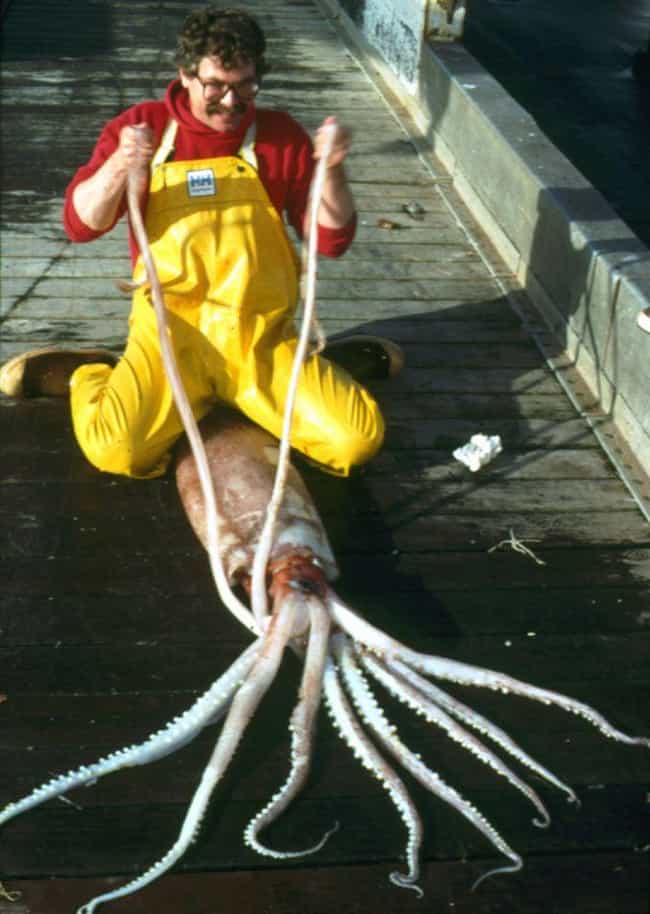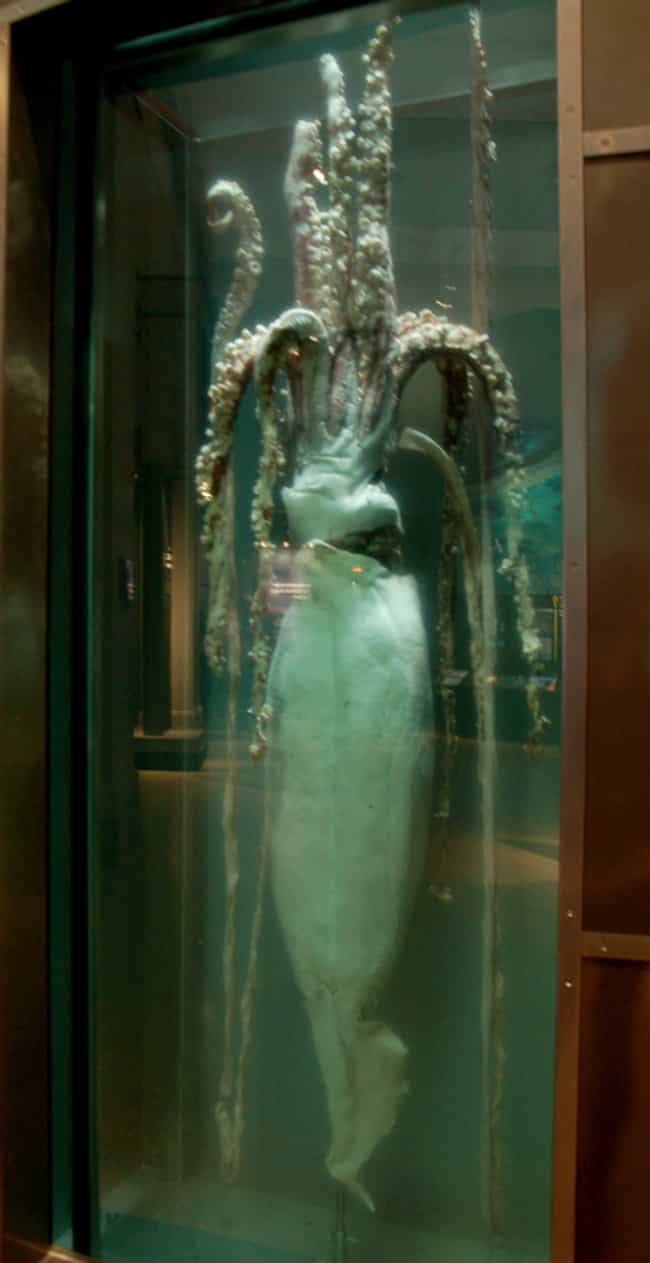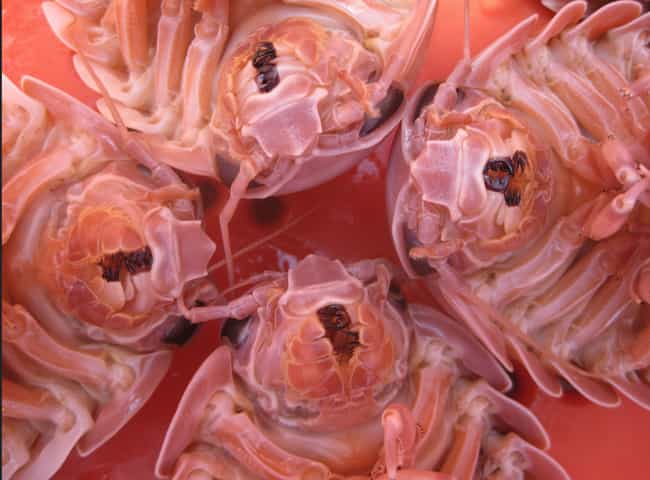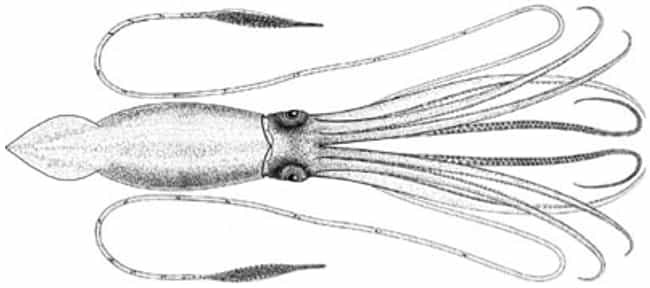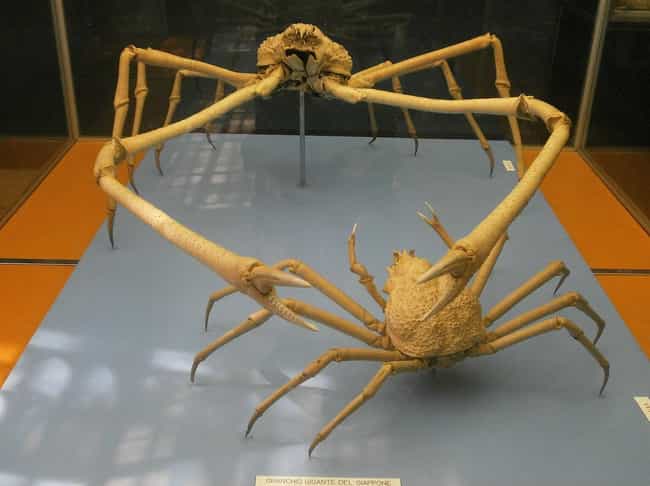About Random Horrifying Examples Of Abyssal Gigantism
It's an exciting tool for displaying random horrifying examples of abyssal gigantism. We collected a list of "Random Horrifying Examples Of Abyssal Gigantism" from ranker, which was screened by countless online votes. You can view random horrifying examples of abyssal gigantism shows from this page, click on "Show all by ranking" button to show the complete list, or visit the original page for a more detailed introduction.
Science and lore collide when it comes to imagining what kind of creatures lurk in the deepest, darkest reaches of the sea. Some of the world's underwater trenches may as well be outer space - we've made more expeditions to the moon than the ocean floor.
In so-called deep-sea gigantism, or abyssal gigantism, scientists have discovered abnormally large organisms living peacefully at depths of anywhere from 1,000 to 36,000 feet. To gather information about abyssal gigantism, researchers gleaned studies of the washed-up carcasses of these ghastly creatures, which include colossal squids reaching 50 feet in length, as well as huge deep-sea-dwelling invertebrates, such as the giant isopod.
Typically, organisms adapt to such depths by becoming smaller, but scientists have a few theories behind the cause of deep-sea gigantism. These organisms mostly comprise water, so there's little risk of being crushed by deep-sea pressure. One theory known as Kleiber's Rule says the larger the animal, the slower its metabolism, which makes sense for deep-sea creatures with a scarce food supply.
Another theory is Bergman's Rule, which states larger creatures are typically found in colder environments. It's another method of efficiency - bigger animals radiate less heat per unit of mass, so they're able to stay warmer in cool climates.
Scientists have yet to form conclusive statements about the cause of this phenomenon. So most deep-sea creatures live on as some of the ocean's creepiest mysteries.
